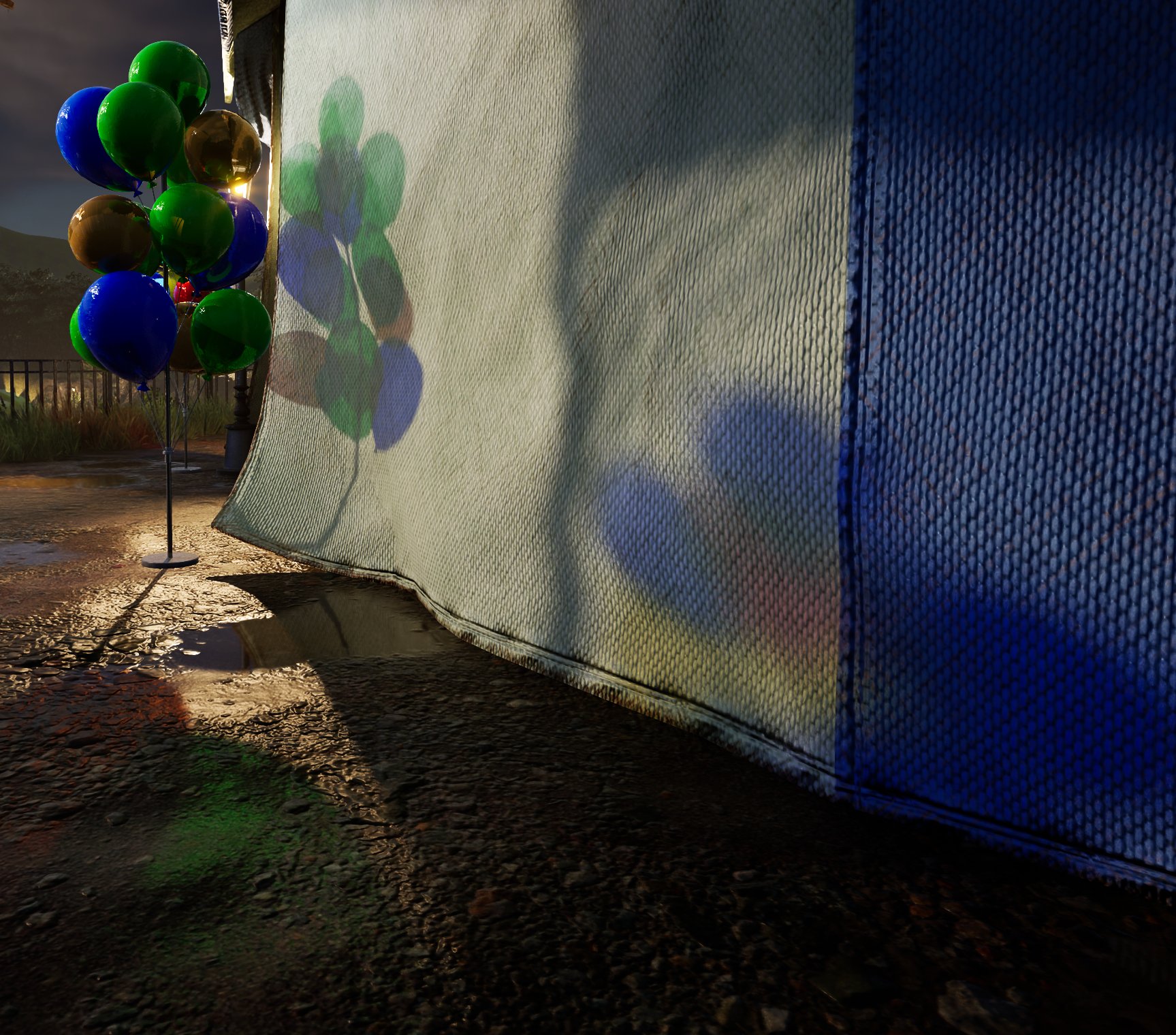Those changes include our PhysX integration, now targeting PhysX 5.3 (isn't that number a funny coincidence?), which was originally based on a version of Epic's code in Unreal Engine 4 but somehow strays further from the beaten path with every upgrade. There are also many rendering and shader modifications, bug fixes, networking and performance improvements, ... and that's before we can start fixing all the new bugs we just added.
For example, Proto-Lumen had broken in multiple ways during this upgrade. It was no longer getting any velocity information, which I finally managed to track down to be caused by Epic having allowed async compute on NVIDIA GPUs for the first time in 5.3, causing Lumen to go down a different code path that was previously never used.
In this path, Lumen was not compatible with not having a depth pre-pass, because that'd result in velocity information only being generated after Lumen work had been dispatched. Brickadia does not have a depth pre-pass, because that actually slows down the rendering with lots of meshes and only simple shaders being used. Having to process thousands of draw calls and millions of vertices twice, perhaps unsurprisingly, doesn't make the game faster.
...
On that note, I've received many requests from other indie developers if they could use our PhysX integration for other, non-competing projects. That sounds reasonable to me, but the changes have been slowly getting mixed up with other commits and fixes. Before we can share it, it would need to be separated out and cleaned up and tested more, and I don't currently know when there will be time.
At the moment, it doesn't even compile outside of the Brickadia project with its very specific set of enabled/disabled plugins and related changes.



